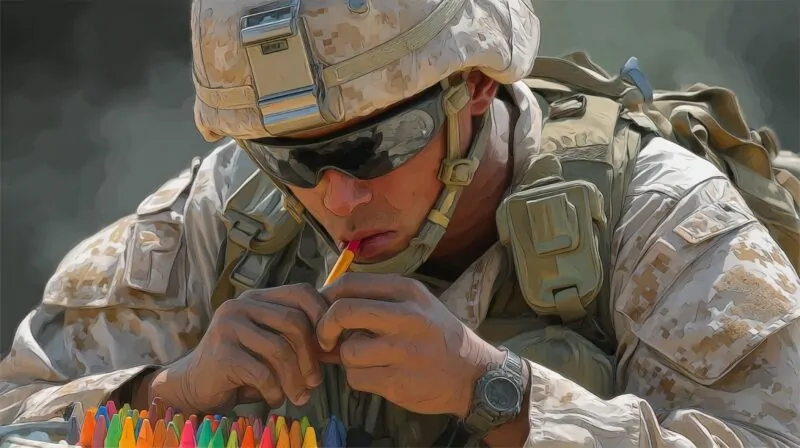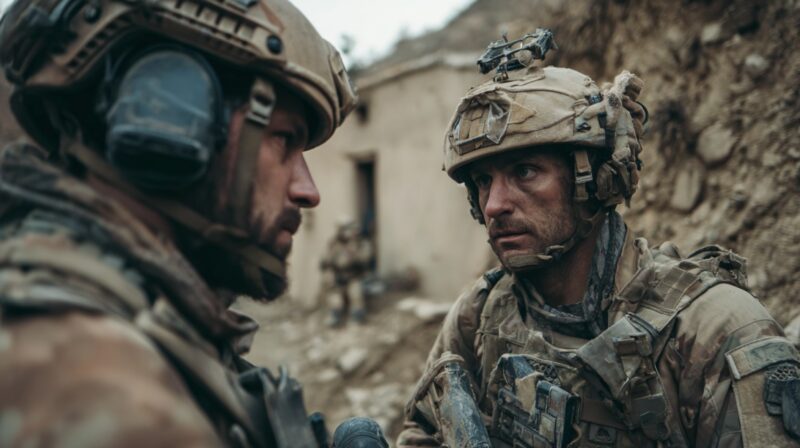Grasping the scale of military leadership helps clarify how national defense is managed.
- Missions
- Readiness
- Global posture
In the American military context, a “general” refers to officers at the O-7 through O-10 pay grades across all branches. Each service uses distinct terminology, such as “admiral” in naval forces, but all share similar authority levels.
General officers operate in a structured system with clear rank distinctions. Their presence across different branches streamlines critical decisions and command operations.
A closer look into their distribution and function provides valuable insight into the balance and scale of military leadership in 2025.
Table of Contents
ToggleTotal Number of U.S. Military Generals in 2025
| Branch | 1-Star (Brig. Gen. / Rear Adm. Lower Half) | 2-Star (Maj. Gen. / Rear Adm. Upper Half) | 3-Star (Lt. Gen. / Vice Adm.) | 4-Star (Gen. / Adm.) | Total Estimate |
|---|---|---|---|---|---|
| Army | 250+ | ~110 | ~40 | 11–12 | ~415 |
| Air Force | ~150 | ~90 | ~37 | 9–10 | ~286 |
| Navy | ~160 | ~80–90 | ~36 | 10–12 | ~290 |
| Marine Corps | ~60 | ~22 | ~6 | 2 | ~90 |
| Space Force | ~8 | ~4 | 2–3 | 1 | ~16 |
| Coast Guard | ~20 | ~11 | 2 | 1 | ~34 |
Approximately 653 general and flag officers are serving on active duty across all military branches in 2025. The count includes both traditional generals and their naval equivalents, admirals.
- Army
- Navy
- Air Force
- Marine Corps
- Space Force
- Coast Guard
About 90% of these generals serve in active-duty roles, while the remaining are allocated within reserves or National Guard components. The figure fluctuates slightly due to retirements, promotions, and legislative caps imposed by Congress.
Each branch operates under strict personnel limits set to ensure command balance without over-centralizing power. Overall, the number reflects modern operational needs and global defense priorities.
Army
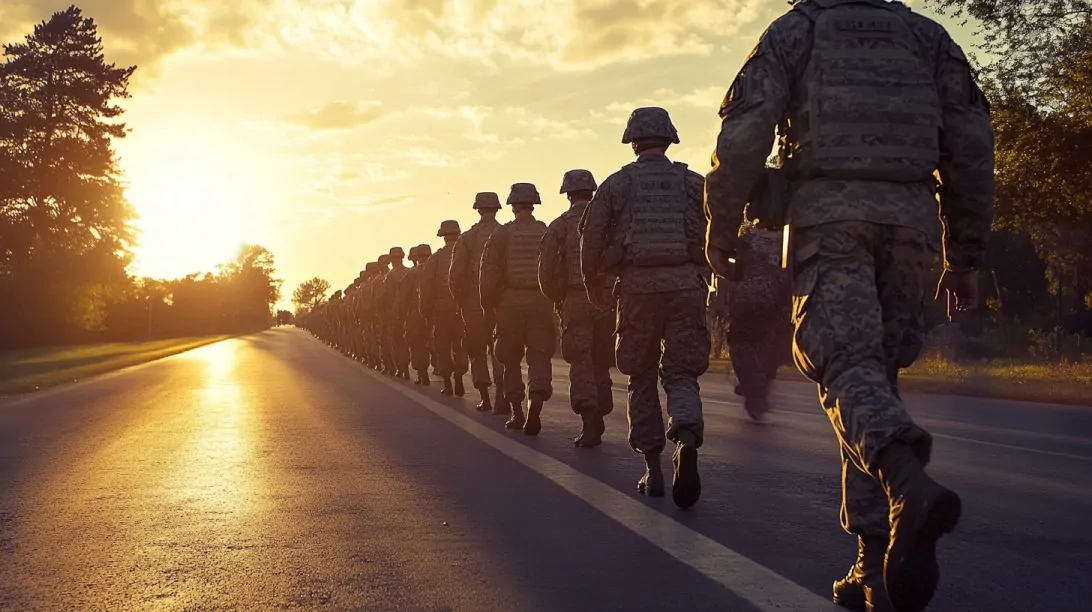
U.S. Army maintains the largest share of general officers among all service branches, totaling approximately 415 in 2025.
These leaders operate across both domestic bases and international commands. Their authority extends over critical combat, logistical, and training operations.
Generals in the Army play an essential role in coordinating multinational efforts and supporting global readiness.
- Brigadier Generals (1-star): 250+
- Major Generals (2-star): ~110
- Lieutenant Generals (3-star): ~40
- Generals (4-star): 11–12
Army generals oversee a wide range of operations:
- Directing corps and division-level units across multiple continents
- Supervising national training centers and combat simulation programs
- Managing logistical hubs that deliver supplies, equipment, and fuel
- Collaborating with allies on multinational exercises and missions
- Shaping doctrine and long-term military planning through Pentagon roles
Air Force
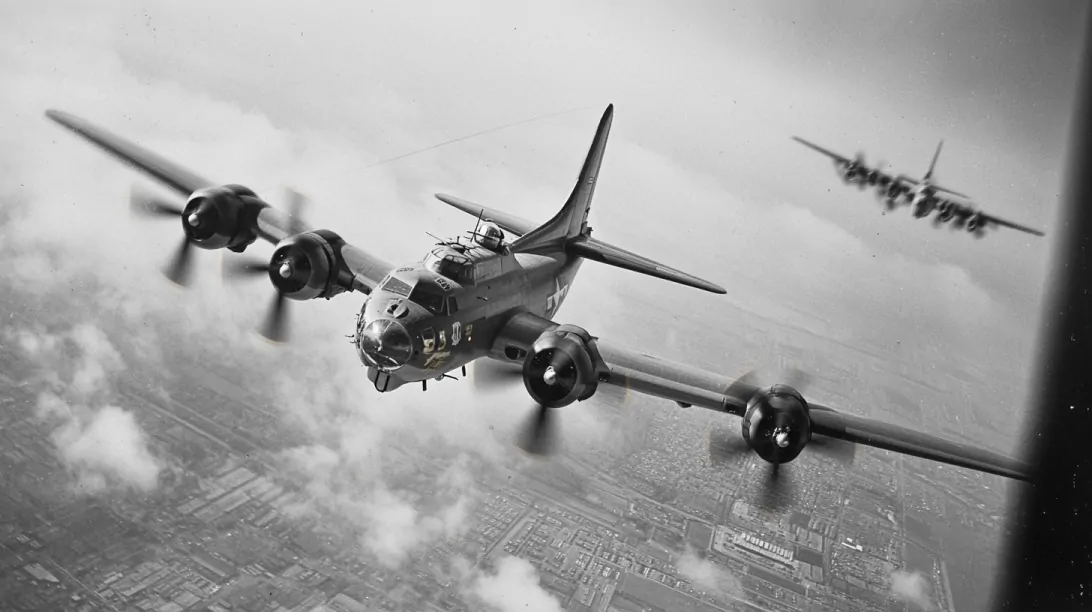
Air Force operates with roughly 286 general officers. Their mission spans high-altitude reconnaissance, precision bombing, global mobility, and air defense systems.
Senior leadership drives the Air Force’s role in both national deterrence and allied military coordination.
- Brigadier Generals: ~150
- Major Generals: ~90
- Lieutenant Generals: ~37
- Generals: 9–10
Air Force generals are responsible for:
- Commanding units such as Air Combat Command and Global Strike Command
- Developing and deploying missile defense systems
- Coordinating air mobility missions across allied airspace
- Supervising cybersecurity and satellite operations
- Implementing new aerospace technologies and platforms
Navy (Admirals)

Navy leadership includes about 290 admirals in 2025. Their command reaches across oceans, where maritime operations form the backbone of strategic defense and international presence.
Admiral ranks mirror general officer positions and fulfill equivalent roles at sea and in coastal commands.
- Rear Admirals (Lower Half): ~160
- Rear Admirals (Upper Half): ~80–90
- Vice Admirals: ~36
- Admirals: 10–12
Navy admirals are responsible for:
- Leading carrier strike groups and amphibious ready groups
- Overseeing regional fleets such as the Seventh and Fifth Fleets
- Directing global maritime patrol and submarine operations
- Collaborating with NATO and allied navies in joint maritime efforts
- Guiding naval strategy and acquisitions at the Pentagon
Marine Corps
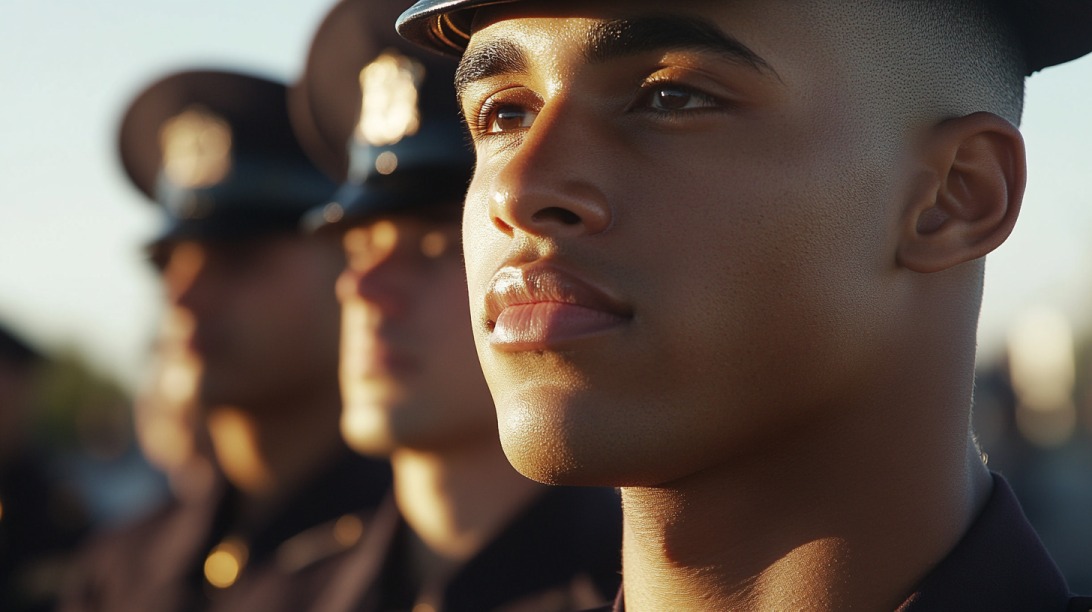
Marine Corps maintains a sharp, combat-ready general officer structure, totaling around 90.
Known for expeditionary force capability, Marine generals support rapid-response operations and close coordination with naval and special forces.
- Brigadier Generals: ~60
- Major Generals: ~22
- Lieutenant Generals: ~6
- Generals: 2
Marine Corps generals contribute through:
- Leading Marine Expeditionary Forces and Force Reconnaissance units
- Overseeing rapid deployment task forces and base operations
- Partnering with joint commands in forward-deployed environments
- Supporting training, doctrine development, and personnel readiness
- Engaging in strategic planning with combatant commanders
Space Force
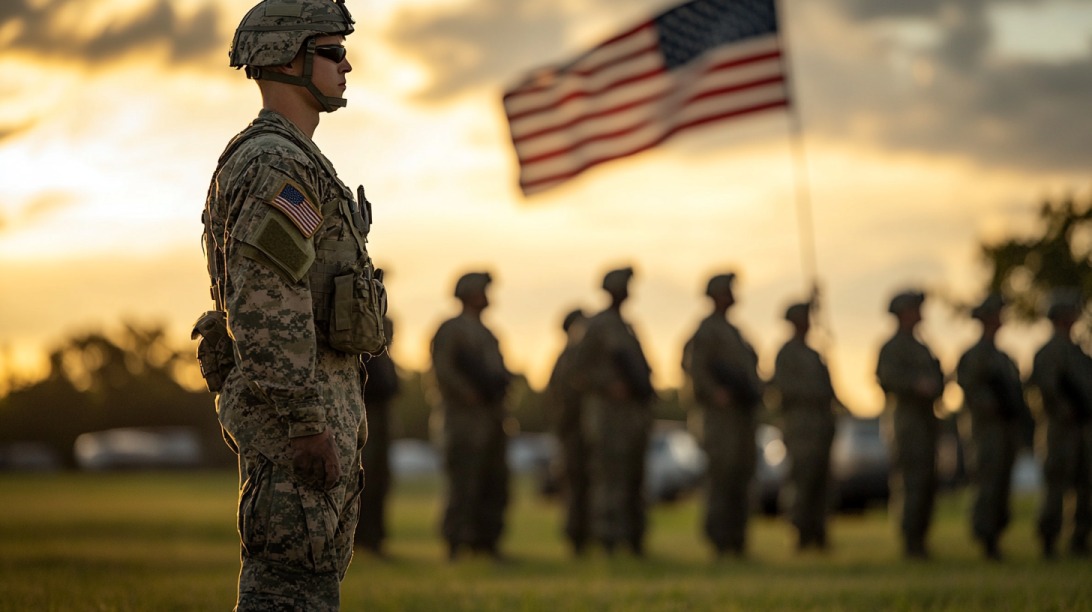
Space Force, formed to secure American interests in orbit and cyberspace, operates with a lean structure of approximately 16 generals.
These officers provide critical leadership in satellite operations, space surveillance, and strategic communications.
- Brigadier Generals: ~8
- Major Generals: ~4
- Lieutenant Generals: 2–3
- General (Chief of Space Operations): 1
General officers in Space Force focus on:
- Defending satellite constellations vital to GPS, communications, and surveillance
- Collaborating with U.S. Strategic Command and Air Force Space Command
- Integrating space and cyber operations across branches
- Developing advanced space-based warning and tracking systems
- Shaping future space policy and offensive-defensive capabilities
Coast Guard (Admirals)
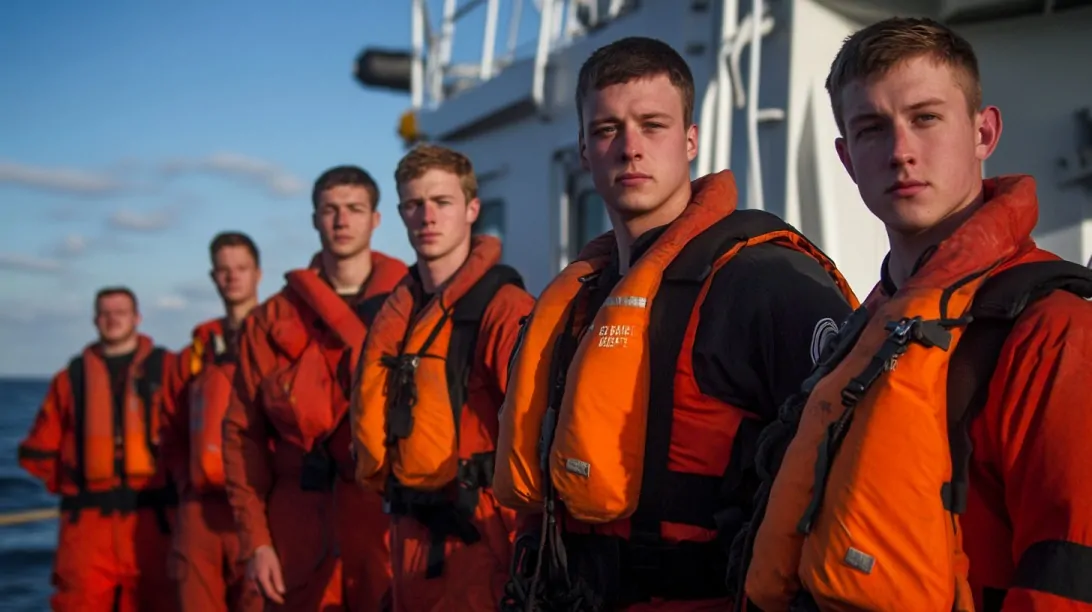
Coast Guard leadership comprises around 34 admirals, responsible for maritime safety, coastal defense, and national emergency response.
While not part of the Department of Defense during peacetime, the Coast Guard plays a critical national security role under Homeland Security.
- Rear Admirals (Lower Half): ~20
- Rear Admirals (Upper Half): ~11
- Vice Admirals: 2
- Admiral (Commandant): 1
Coast Guard admirals lead efforts such as:
- Overseeing search and rescue missions along domestic and international waters
- Commanding operations to combat drug trafficking and illegal fishing
- Supporting border security and environmental response missions
- Working alongside FEMA during hurricanes and natural disasters
- Collaborating with Department of Defense during wartime or national emergencies
Rank Structure Overview
General officer ranks follow a standardized structure across all military branches. Insignias, titles, and branch-specific traditions may vary, but the authority and scope of responsibility remain aligned across services.
Outlined below are the general and flag officer ranks, categorized by pay grade and title:
| Pay Grade | Army / Air Force / Marine Corps / Space Force | Navy / Coast Guard |
|---|---|---|
| O-7 (One-Star) | Brigadier General | Rear Admiral (Lower Half) |
| O-8 (Two-Star) | Major General | Rear Admiral (Upper Half) |
| O-9 (Three-Star) | Lieutenant General | Vice Admiral |
| O-10 (Four-Star) | General | Admiral |
| Five-Star (Honorary) | General of the Army | Fleet Admiral |
Five-star ranks have not been active since World War II and are retained exclusively as ceremonial or wartime emergency designations. No officer holds this status in 2025.
Interesting Fact: The Defense Secretary Pete Hegseth directed all military branches to cut the number of four-star generals and admirals by at least 20%.
Roles and Responsibilities
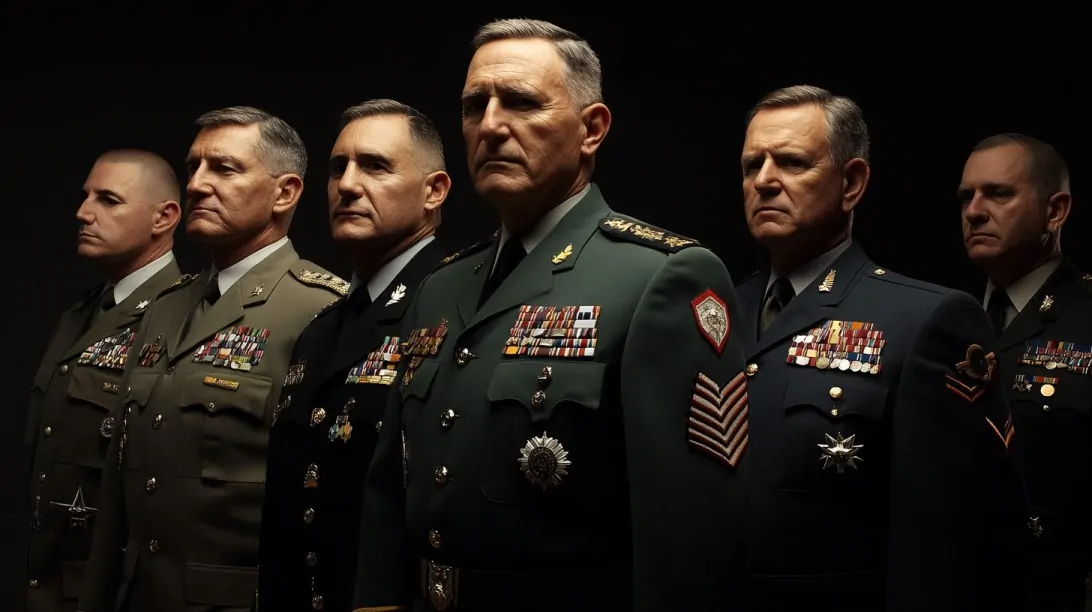
General and flag officers fulfill vital command and advisory functions across the U.S. military. Their tasks are diverse and often span both domestic and international operations.
For clarity, responsibilities can be grouped into several functional areas:
| Responsibility Area | Duty 1 | Duty 2 | Duty 3 |
|---|---|---|---|
| Command Oversight | Lead major combat units | Direct joint operations | Supervise readiness |
| Strategic Leadership | Serve on senior boards | Shape defense strategy | Influence policy |
| Civilian Advising | Advise top officials | Support military-legislative planning | |
| Admin & Management | Manage personnel systems | Oversee leader training | Guide acquisitions |
| International Coordination | Work with allies | Run joint exercises | Improve cooperation |
Through these functions, general officers ensure cohesion across the armed forces while adapting to evolving operational environments.
Their leadership bridges tactical execution and long-term strategic vision, maintaining the United States’ ability to deter threats and defend national interests.
Summary
General officers serve as central figures in the U.S. military command structure. Their decisions shape operational outcomes, influence foreign policy, and ensure national defense objectives are met.
With around 653 generals and admirals on active duty, the military maintains a strategic command framework capable of adapting to evolving threats and responsibilities.
Each branch sustains a command hierarchy designed for efficiency, coordination, and mission success.
Related Posts:
- How Many Navy Fleets Does the US Have in 2025?
- Global Overview - Which Countries Have Laser Weapons…
- What Are the Current Swing States in 2025, and How…
- How Many Fighter Jets Are in the U.S. Military Fleet…
- Top 8 Must-Have Items in a Military IFAK (Individual…
- Can You Have Tattoos in the Military? Rules Explained





